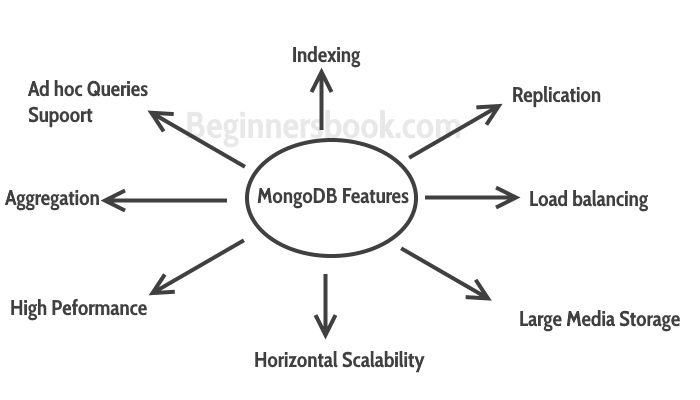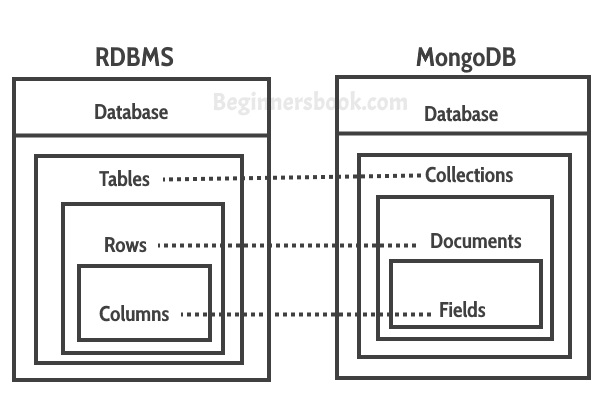MongoDB is a NoSQL database. There are different types of NoSQL databases, so to be specific MongoDB is an open source document based NoSQL database This MongoDB tutorial is designed for beginners so you will be able to understand MongoDB even if you don’t have any prior knowledge of it.
History of MongoDB
MongoDB was created by Eliot and Dwight (founders of DoubleClick) in 2007, when they faced scalability issues while working with relational database. The organization that developed MongoDB was originally known as 10gen. In Feb 2009, they changed their business model and released MongoDB as an open source Project. The organization changed its name in 2013 and now known as MongoDB Inc.
Features of MongoDB

History of MongoDB
MongoDB was created by Eliot and Dwight (founders of DoubleClick) in 2007, when they faced scalability issues while working with relational database. The organization that developed MongoDB was originally known as 10gen. In Feb 2009, they changed their business model and released MongoDB as an open source Project. The organization changed its name in 2013 and now known as MongoDB Inc.
Features of MongoDB

- MongoDB provides high performance. Most of the operations in the MongoDB are faster compared to relational databases.
- MongoDB provides auto replication feature that allows you to quickly recover data in case of a failure.
- Horizontal scaling is possible in MongoDB because of sharing. Sharding is partitioning of data and placing it on multiple machines in such a way that the order of the data is preserved.
- Load balancing: Horizontal scaling allows MongoDB to balanace the load.
- High Availabilty: Auto Replication improves the availability of MongoDB database.
- Indexing: Index is a single field within the document. Indexes are used to quickly locate data without having to search every document in a MongoDB database. This improves the performance of operations performed on the MongoDB database.

To run the MongoDB shell, type the following command:
mongo
mongo
No comments:
Post a Comment